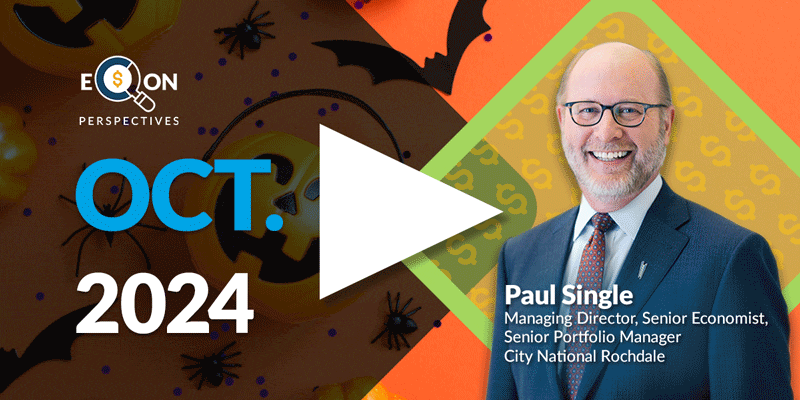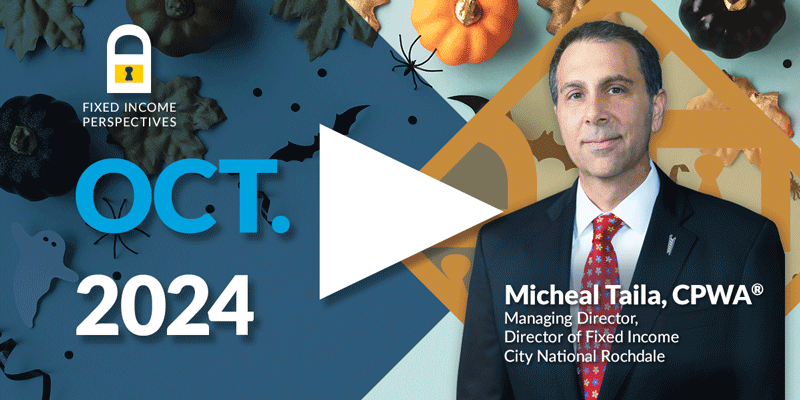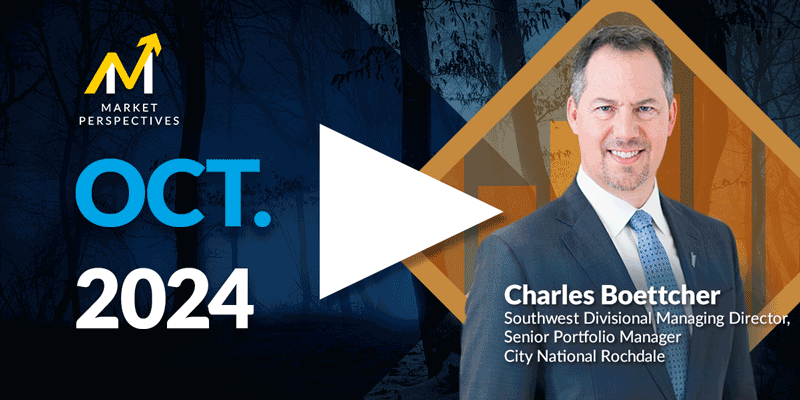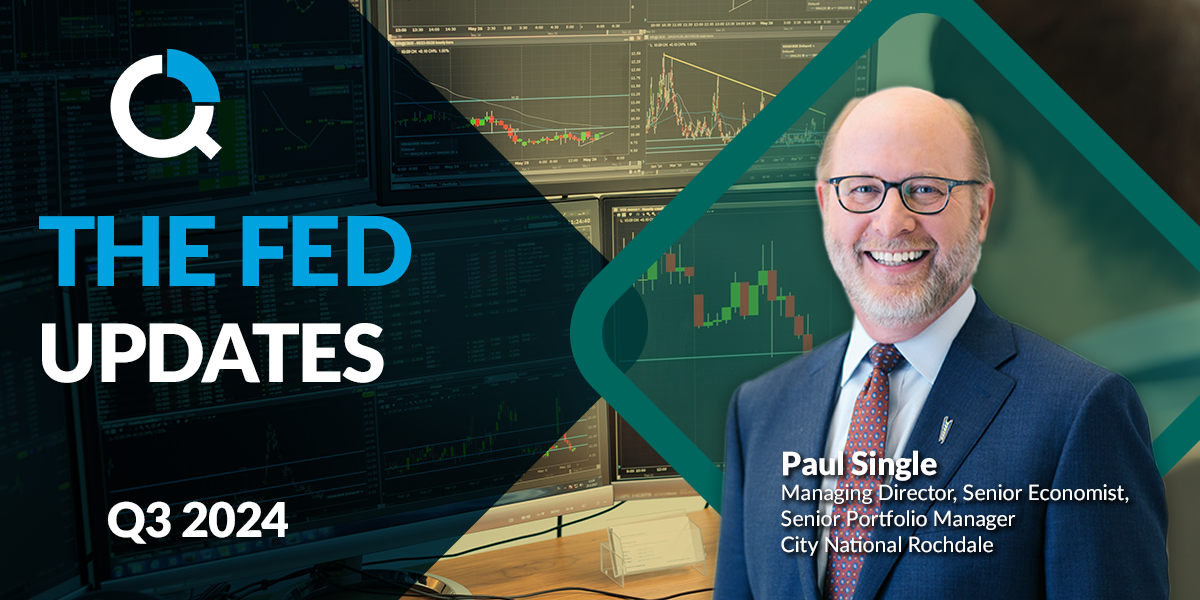

FAQs on the Markets and Economy
When Will Inflation Start to Decline?
Inflation is high. The consumer price index in January hit a 40-year high of 7.5%. A large part of the higher prices is a mismatch between supply and demand. We think it is about to peak.
Prices for goods continue to drive much of the inflationary surge (see chart). It is fueled by pandemic-related supply-and-demand imbalances. Some prices continue to have extremely high prices: used-car prices are up 40.5% in the past year, energy prices have gained 27.0%, and food prices are up 7.0%, the sharpest rise since 1981.
There is a need for significant price declines in the goods sector for overall inflation to decrease. That should happen this year as supply chain problems get worked out and there is a shift away from goods purchases and back toward services. Goods purchases skyrocketed during the pandemic since that was “the only game in town” as consumers pulled away from service spending, like at restaurants and travel. The decline of COVID cases should help this.

What Is the Fed’s Plan for Reducing Monetary Stimulus This Year?
We know from its December meeting the Fed plans to have three increases of 25 basis points this year. Since that meeting, we have heard from some of the Fed policymakers of their view of even more rate increases and the plan to reduce the size of its bond holdings.
Pressure on the Fed continues to mount as the yearly change in inflation continues to rise. In January, the consumer price index reported a 7.5% increase from a year ago. That is a 40-year high. This has pushed up market expectations for six or seven rate hikes this year (see chart below).
Although there is a great deal of press about the Fed needing to raise the interest rate by 50 bps at its March meeting, this is not our view. The Fed is not in the position to shock and awe the markets, which causes unneeded volatility. Its job is to be methodical and tactical. Its goal is the long-term growth of the economy. If it believes more tightening is needed, a more attractive option should be even-keeled. The Fed may raise the funds rate 25 bps at each of the March, May and June meetings. If inflation has not started to wane, it still has four more meetings this year to raise the rates and be more aggressive in reducing the size of its bond portfolio.

How Is Earnings Season Going?
Q4 2021 earnings season is now well underway. With about 72% of S&P 500 companies having reported, earnings growth is once again running above expectations, rising at a very strong 30.3% versus a forecasted 21.3% at the start of the quarter. However, despite some notable expectations, markets have not rewarded these stocks in a meaningful way with investors focused more on potential Fed actions and continued high inflation readings.
We still believe that over the next year, fundamentals and earnings performance will return as a key driver for higher equity prices. Even though yields are on the rise, they remain low, and as long as corporate profits rise at a solid pace, the relative valuation gap with bonds can be sustained.
Encouragingly, while S&P 500 earnings are expected to moderate over the year, estimates are still robust and well above the prior 10-year average. Companies appear to be successfully passing along price increases to consumers, which has helped profitability stay resilient in spite of higher input costs. Pricing power is a key reason why equities have proved to be a successful hedge to inflation over time.
Though equity markets in general should be able to absorb higher bond yields, some stocks will likely do better than others, making prudent sector and security selection through active management more critical than in recent memory. Speculative and growth-oriented equities, for example, may be more vulnerable to valuation pressures from interest rate increases, and we recommended focusing on high-quality companies, selling at reasonable valuations, with the ability to generate earnings despite headwinds from tighter Fed policy and moderating economic growth.

Why Do Variable Rate Bonds Make Sense?
Throughout the history of markets, new security structures have been a hallmark of the modernization of financial assets, allowing for enhanced diversification and targeted risk levels. One such structure is the leveraged loan, with a market size that has grown from $5.2B in 1997 to $1.35T today. These investments have several distinct features. First, they are the primary means of financing private equity transactions, which often support small and medium-sized companies. Second, they occupy the senior most portion of the capital structure and are fully secured. Third, and the most important feature today, income tied to loans adjusts with changes in floating rate benchmarks. This combination of features has made the loan market one of the most efficient and stable credit-based investments.
As a result of these features, leveraged loans have low interest rate exposure and, instead, move in tandem with economic growth rates and corporate profitability. As inflation continues to climb and the Federal Reserve is anticipating raising rates in the midst of a healthy corporate environment and above trend growth, leveraged loans are positioned to outperform other credit investments, especially those with fixed rate yields.
Over January, flows into U.S. Leveraged Loan Funds set records with two of the top five weeks of fund inflows in the history of the market totaling over $4B, eclipsing records set in 2013 during the taper tantrum. Further, as the fixed rate U.S. High Yield Corporate is down over 4% YTD 20221, the loan market has been resilient, turning in a positive performance of 0.4%2. When searching for investments in a low yield world, we believe exposure to leveraged loans and other variable rate assets is the place to be in 2022.

Important Disclosures
Index Definitions
The Standard and Poor's 500 (S&P 500) is a stock market index tracking the performance of 500 large companies listed on stock exchanges in the United States.
Important Disclosures
The information presented does not involve the rendering of personalized investment, financial, legal, or tax advice. This presentation is not an offer to buy or sell, or a solicitation of any offer to buy or sell, any of the securities mentioned herein.
Certain statements contained herein may constitute projections, forecasts, and other forward-looking statements, which do not reflect actual results and are based primarily upon a hypothetical set of assumptions applied to certain historical financial information. Certain information has been provided by third-party sources, and although believed to be reliable, it has not been independently verified, and its accuracy or completeness cannot be guaranteed.
Any opinions, projections, forecasts, and forward-looking statements presented herein are valid as of the date of this document and are subject to change.
There are inherent risks with equity investing. These include, but are not limited to, stock market, manager, or investment style risks. Stock markets tend to move in cycles, with periods of rising prices and periods of falling prices.
Investing in international markets carries risks such as currency fluctuation, regulatory risks, and economic and political instability.
There are inherent risks with fixed income investing. These may include, but are not limited to, interest rate, call, credit, market, inflation, government policy, liquidity, or junk bond risks. When interest rates rise, bond prices fall. This risk is heightened with investments in longer-duration fixed income securities and during periods when prevailing interest rates are low or negative.
Investing involves risk, including the loss of principal.
As with any investment strategy, there is no guarantee that investment objectives will be met, and investors may lose money.
Past performance is no guarantee of future performance.
This material is available to advisory and sub-advised clients, as well as financial professionals working with City National Rochdale, a registered investment advisor and a wholly-owned subsidiary of City National Bank. City National Bank provides investment management services through its sub-advisory relationship with City National Rochdale.
Stay Informed.
Get our Insights delivered straight to your inbox.
Put our insights to work for you.
If you have a client with more than $1 million in investable assets and want to find out about the benefits of our intelligently personalized portfolio management, speak with an investment consultant near you today.
If you’re a high-net-worth client who's interested in adding an experienced investment manager to your financial team, learn more about working with us here


